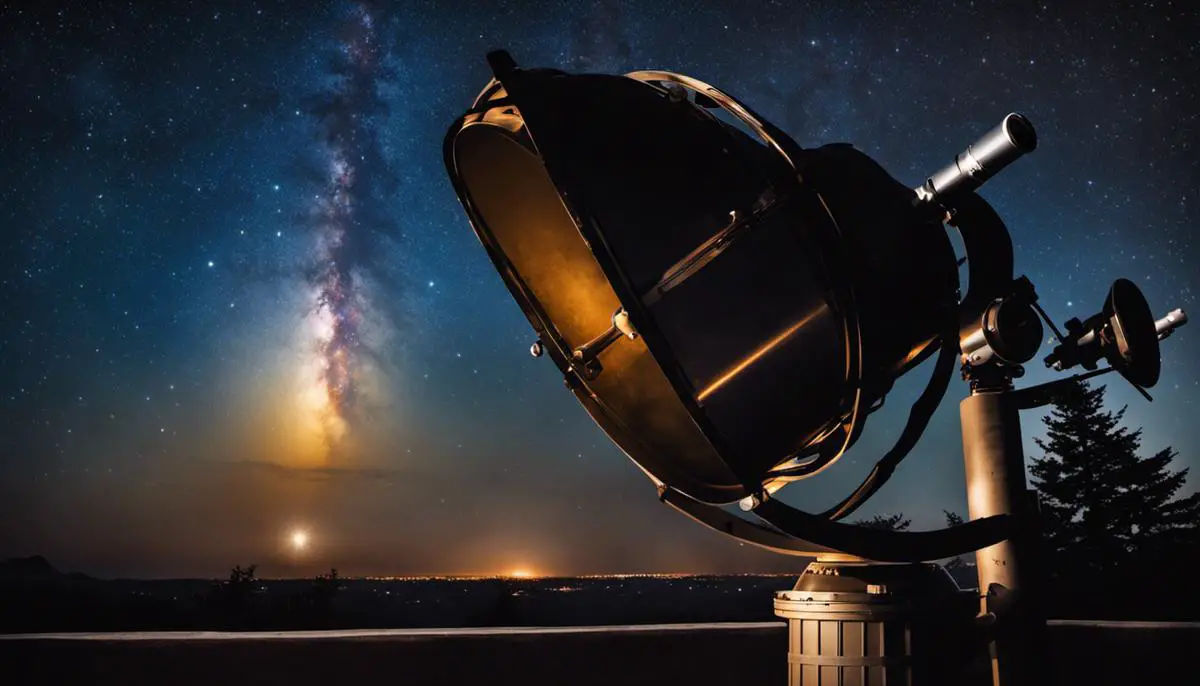Embarking on a celestial journey spanning centuries, our exploration delves into the rich historical tapestry intertwined with the discovery of the planet Uranus. What makes this enigma of the night sky so extraordinary is its prelude, filled with unmarked sightings and misinterpretations before the curtains could finally be lifted. In our quest to learn more about Uranus, we will venture backwards into seminal moments where it was thought to be a star, voyage through the pivotal role of Sir William Herschel, and navigate the ensuing controversies that swirled around its naming. Additionally, we shine a light on the groundbreaking scientific advancements spurred by this monumental discovery, most notably in our understanding of Newtonian gravity and the further uncovering of the solar system’s secrets.
The Pre-Discovery of Uranus
The Mysterious Blue Giant: Unraveling the Twisted History of Discovering Uranus
To unravel the mystery of Uranus, we must first journey back to a time when stargazing was meticulously done with the naked eye, and the celestial sphere was populated by only six members: Mercury, Venus, Mars, Jupiter, Saturn, and the Earth. Our seventh neighbor, Uranus, remained a puzzling cold enigma in the cosmic space, awaiting its official recognition.
Astrological records dating back to the second century indicate clear observations of Uranus. Yet, this celestial body was mistakenly identified either as a star or another known planet. The chief culprit behind this enduring misconception was Uranus’ slow-motion across the celestial sphere – so slow, in fact, that it appeared practically immobile to the human eye.
Uranus, being the third largest planet in our Solar System, orbits the Sun at about twice the distance of Saturn. Its remote location and relatively dark surface equates to a faint visibility from Earth, further perpetuating its spectral status in pre-telescopic astronomy. Accordingly, its distance and apparent immobility converged to obfuscate its planetary nature, leading many astronomers to discount its membership in our Solar System.
Greatly, the advent of telescopes in the 17th century facilitated precision-based celestial observations, thereby setting the stage for the potential recognition of Uranus. In 1690, English astronomer John Flamsteed spotted Uranus multiple times, recording it as ’34 Tauri’, a star in the Taurus constellation. However, due to the above-mentioned limitations in observing Uranus, its confirmed planetary status had yet to be received.
The momentous unveiling of Uranus occurred in the 18th century, when the German-British astronomer Sir William Herschel, while mapping stars’ locations, sighted Uranus. In 1781, he initially reported his finding as a “comet”; however, subsequent observations by Herschel and his counterparts refuted the comet theory. The object’s disc shape and its orbit’s circular nature bore striking resemblance to those of a planet, indicating a breakthrough in celestial discovery.
Following an intense debate among the scientific community, it was agreed that the new object did not fit the existing classifications of a star or a comet. In 1783, Herschel, encouraged by the Astronomer Royal Nevil Maskelyne, acknowledged the object as a planet — the first to be discovered with a telescope. The planet was initially named ‘Georgium Sidus’ in honor of King George III of Britain but was ultimately renamed ‘Uranus’, adhering to the Greco-Roman mythological nomenclature of other planets.
Now, Uranus holds an esteemed rank in our solar family, far removed from its initial identification as a common star or a wandering comet. The journey from a misunderstood entity to an acknowledged planet illuminates the evolution of astronomical exploration and testifies to the ongoing nature of scientific discovery, always ready to correct and expand upon knowledge of the fascinating cosmic theatre in which we all dwell.
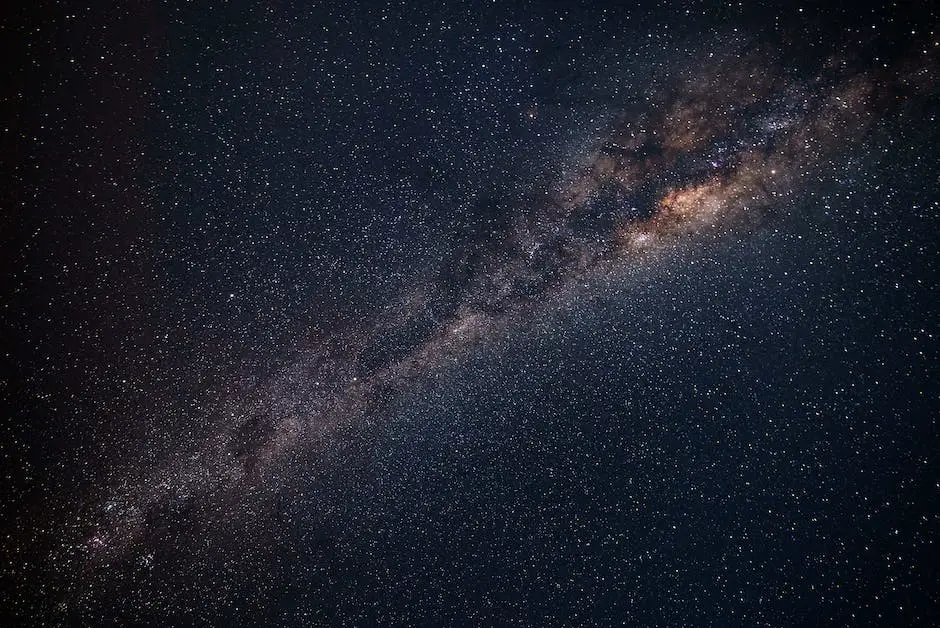
The Discovery and Recognition of Uranus as a Planet
Delving deeper into the narrative of Uranus’s identification, the adoption of astronomical technology furthered the understanding of this unique gas giant.
Pioneers in astronomy viewed their craft through the lens of the most advanced telescopes of their era, albeit these instruments were still rudimentary compared to today’s standards.
Early observers like John Flamsteed cataloged Uranus as ’34 Tauri’, an ordinary star nested within the constellation Taurus.
However, it was the painstakingly meticulous observations of astronomer William Herschel that promoted the celestial body from an incidental star to a planetary contender.
The year was 1781. Herschel, an accomplished musician with a nascent interest in cosmology, traced a curious object wandering against the backdrop of stationary stars.
His astronomical pursuit, initially commenced as a hobby, led to the notable discovery of Uranus.
The discrepancy in the movement of ’34 Tauri’ led Herschel to postulate that it was a comet—a plausible conclusion given the lack of comprehensive data in that era.
His initial understanding was shared by his contemporaries, sparking rigorous debate amongst the scientific community.
Being a frontier field, the ideas of celestial classifications were not firmly established during Herschel’s era.
His initial interpretation came under scrutiny.
Subsequent observations backed by mathematical calculations led to the realization that the object’s circular path and stable orbit around the sun were distinctly uncharacteristic of a comet, fortifying the speculation that it was indeed a planet.
The prevalent scientific consensus, however, took time to crystallize.
Johan Elert Bode and Pierre-Simon Laplace, renowned astronomers of the 18th-century, independently corroborated Herschel’s observations through rigorous calculations.
As the data mounted, the ‘Herschelian comet,’ as it was initially referred to, officially ascended into the planetary ranks as Uranus, taking its honorary place as the seventh planet from the sun in our celestial neighborhood.
The christening of Uranus marked a departure from tradition, veering from the pantheon of Roman deities to the more obscure corners of Greek mythology.
The appellation was suggested by Bode, who sought to honor the mythological legacy of Uranus, the ancient Greek deity representing the heavens.
The nomenclature also served a practical purpose, maintaining reverence towards the reigning monarch King George III, as Herschel had initially named his discovery ‘The Georgian Planet’ – a not-so-subtle act of flattery that was met with international criticism.
The discovery of Uranus, at the cusp of the Age of Enlightenment, ignited a fervor in our understanding of our cosmic neighborhood, prompting innovations in telescopic technology which fostered scientific advancement.
The knowledge unlocked by this discovery not only increased the breadth of our solar system but also expanded the horizon of human imagination, compelling further exploration into the uncharted territories of the cosmos.
Indeed, the saga of Uranus’s identification serves as a narrative of perseverance, feeding the curiosity innate in humanity and intriguing minds to this day, from amateurs gazing at the starscape to experienced cosmonauts mapping the corridors of the universe.
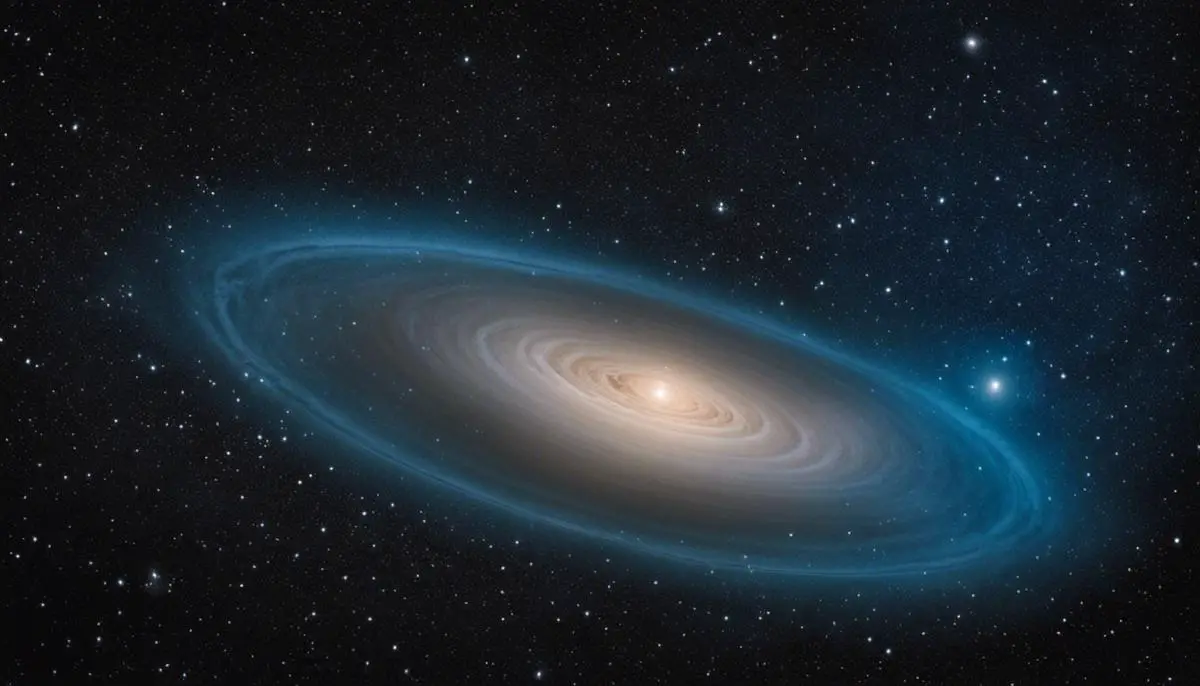
The Naming and Classification of Uranus
In the annals of astronomical history, the tale of Uranus, seventh planet from the Sun, surfaces as a uniquely fascinating narrative. Named after the Greek sky deity Ouranos, the mythological father of Titans, the planet Uranus holds significance for straying from the accepted nomenclature. It, after all, became the first celestial body named after a figure from Greek mythology in an otherwise Roman-gods dominated planetary roster.
To understand the departure in denomination, one must enter the cerebral domain of Johann Elert Bode, an eminent German astronomer. The year was 1781, William Herschel had just discovered Uranus, and debate was raging in the astronomical community about labeling the fresh planetary find. Initial inclination led to the christening of ‘Georgium Sidus’, or ‘George’s Star’, as an honorific to King George III of Britain by Herschel. However, this name was unpopular outside Britain, for it lacked universality that other planets’ names imbibed.
Bode, sitting in his Berlin observatory, proposed Uranus, keying off a pattern. Each planet, moving away from the sun, was named after a mythological god who was the father of the god before. Jupiter (Roman King of Gods) was father to Mars, who was father to Venus, then Mercury. Consequently, picking the father of Saturn (Roman version of Cronus), Bode moved to Greek mythology to select Uranus.
Bode’s logic held sway, and by the mid-19th century, Uranus (pronounced as ‘your-a-nuss’) was firmly established as the chosen nomenclature, a decision endorsed by British Nautical Almanac, effectively globalizing the name.
Classifying Uranus within the solar system was an equally intriguing endeavor, driven by the early utilization of telescopic technology. Armed with refined celestial tools, astronomers were able to observe faint dots of light on Uranus, postulating they were moons orbiting the planet. By 1787, Herschel announced the discovery of the first two Uranian satellites, Titania and Oberon.
This opened the gates for classification, as the presence of moons provided evidence for Uranus’ status as a planet. As telescopic technology advanced, a total of 27 moons were discovered, along with a faint ring system similar to that of Saturn, but much less illustrious. Classification was further solidified in the 20th century when Voyager 2, performing the only flyby of Uranus to date, captured detailed images, evidencing its distinctive blue-green appearance, enforced by methane-rich atmosphere’s absorption of red light.
Having unraveled aspects of Uranus’ moniker and its planetary classification, one recognizes the unfolding of scientific intellect and technological prowess over centuries. The dialogue around Uranus characterizes humanity’s ceaseless strive for deeper cosmic understanding. Whether it’s accepting a name built on Greek myth in the dominion of Roman legacy, or deploying state-of-the-art observational tools for classification, Uranus’s journey underlines the mutable nature of scientific knowledge and the boundless universe humanity seeks to comprehend.
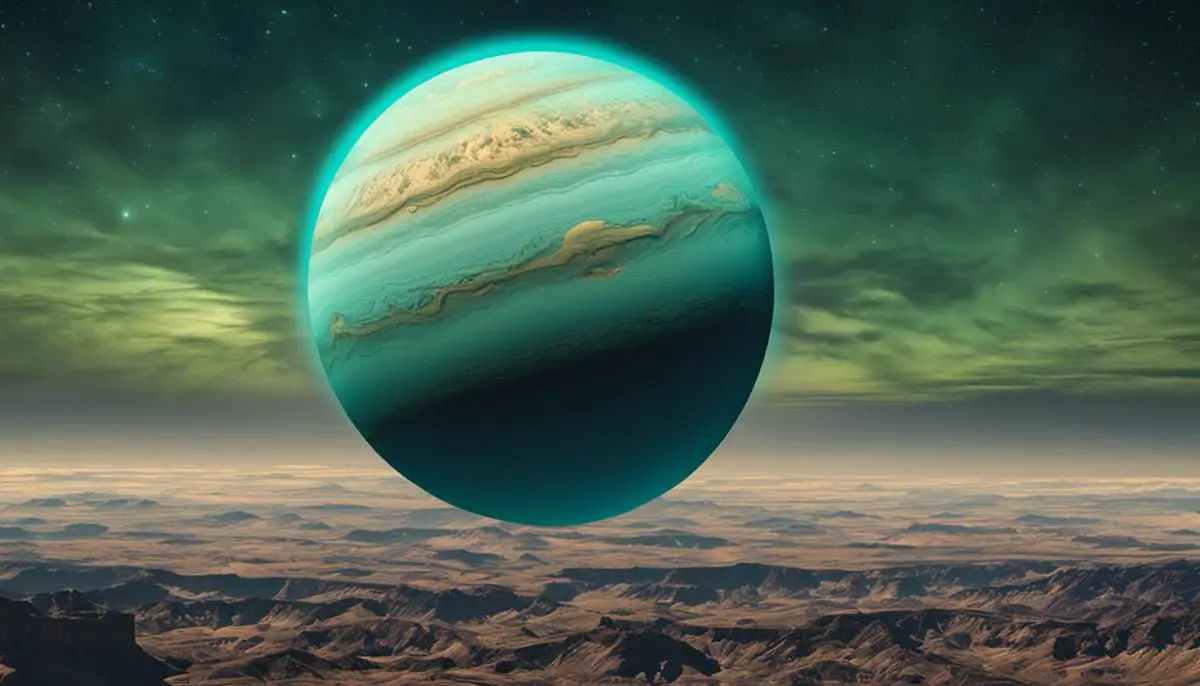
The Scientific Insight and Advancements Following Uranus’ Discovery
The discovery of Uranus not only enriched our understanding of the celestial sphere, but also fostered significant advancements in scientific exploration.
One of the most profound impacts resulting from Uranus’ discovery emerged in the field of celestial mechanics. Notably, the unusual and unanticipated patterns of Uranus’ orbit profoundly upset Newtonian predictions, bolstering an intellectual crisis of the 19th century that gave birth to a radical advancement in science.
The orbital irregularities of Uranus served as an impetus for Johann Gottfried Galle’s search for Neptune. Indeed, the positional discrepancies in Uranus’s orbit led astronomers Alexis Bouvard, Urbain Le Verrier, and John Couch Adams to theorize the gravitational perturbations were due to an unknown outer planet. This proposition resulted in an organized search that led to the discovery of Neptune in 1846. Uranus was thus instrumental in the discovery of the eighth planet and the subsequent reformation of the previously established boundaries of the solar system.
Moreover, Uranus’ discovery had significant implications on the knowledge and understanding of planetary atmospheres. The striking blue-green color of Uranus, a result of its methane-rich atmosphere, stimulated interest and research in atmospheric sciences. As the methane absorbs red light and reflects blue and green wavelengths, Uranus stands out within the solar system. Hence, the photochemical processes occurring in Uranus’ upper atmosphere, including the creation of hydrocarbon hazes, formed a basis for comparative studies across different celestial bodies.
The discovery of Uranus also imparted a substantial impact on telescope technology. The inability of contemporary telescopes to identify the planet’s unique features led to extensive technological innovation. Uranus’s intrinsic faintness and distance from Earth motivated the development of more powerful telescopes with enhanced light gathering and resolution capabilities.
In terms of mathematical and computational physics, there was also a tremendous influence. Uranus’s orbital motion has been a key player in determining celestial mechanics. Its eccentricities pushed the envelope of current mathematical models at its time of discovery, necessitating advancements in computational abilities and prediction models in orbital mechanics.
In addition to its moons and unique ring system, November 12, 1986 signaled another landmark when Voyager 2 space probe made a direct encounter with Uranus, providing invaluable data about its composition, atmospheric conditions, and magnetosphere. This was a revolution at the time for space exploration and paved the way for subsequent deep-space missions.
The scientific insights and advancements resulting from the discovery of Uranus are indeed multifaceted, ranging from celestial mechanics to technological innovations. As the planet continues to exist in its ethereal solitude, our understanding of it and its implications will only continue to deepen, a testament to the unending quest for knowledge that defines humanity’s foray into the cosmos.
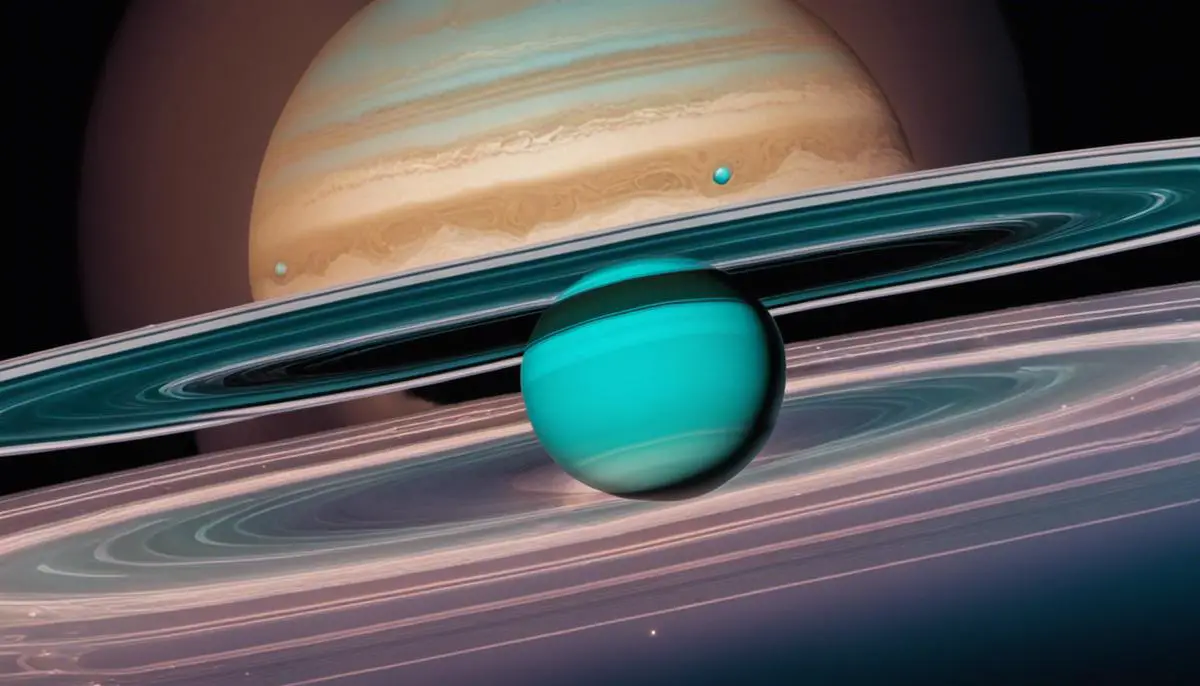
The tale of Uranus serves as a testament to humanity’s relentless pursuit of knowledge and understanding of the cosmos. The unchartered astronomical landscapes revealed with its discovery have brought about profound implications far beyond the realms of the solar system, deepening our grasp of physics and opening gateways to the discovery of hitherto unknown celestial bodies. More than a narrative of a planet’s revelation, the story of Uranus, is a story of a paradigm shift in scientific thinking, and a tribute to the unwavering spirit of inquisition that continues to push the boundaries in the quest for celestial knowledge. An invigorating gaze at the past offers a glimpse of what the future of astronomy might hold, as the celestial sphere continues to captivate our collective curiosity.
![]()
